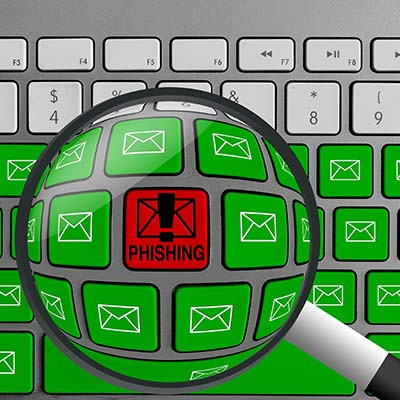Business owners often get unsolicited emails from individuals who want to sell them goods, services, or products. Depending on the message, they might even come across as a bit suspicious, prompting you to question the authenticity of the email. If you’re not careful, you might accidentally expose your organization by clicking on the wrong link in the wrong email, thus falling victim to the oldest trick in the book: the phishing attack.
Customer Login
Latest Blog
Contact Us
Learn more about what Atech MSP can do for your business.
Atech MSP
3434 Truxtun Ave Suite 250
Bakersfield, California 93301

















